
On the surface Dover Castle is England’s largest castle, defending the Kent coastline from invaders since 1066. But below ground it has another hidden side. Deep inside the chalk rocks that make up the White Cliffs of Dover are three miles of underground tunnels that have played their own – more mysterious – part in defending the country. As part of my road trip through White Cliffs Country I took a look around the castle’s medieval Great Tower and Anglo-Saxon church. But it was the sign pointing to the ‘Secret Wartime Tunnels’ that caught my eye.
Read more: Sandwich, Deal & Dover: A White Cliffs Country road trip
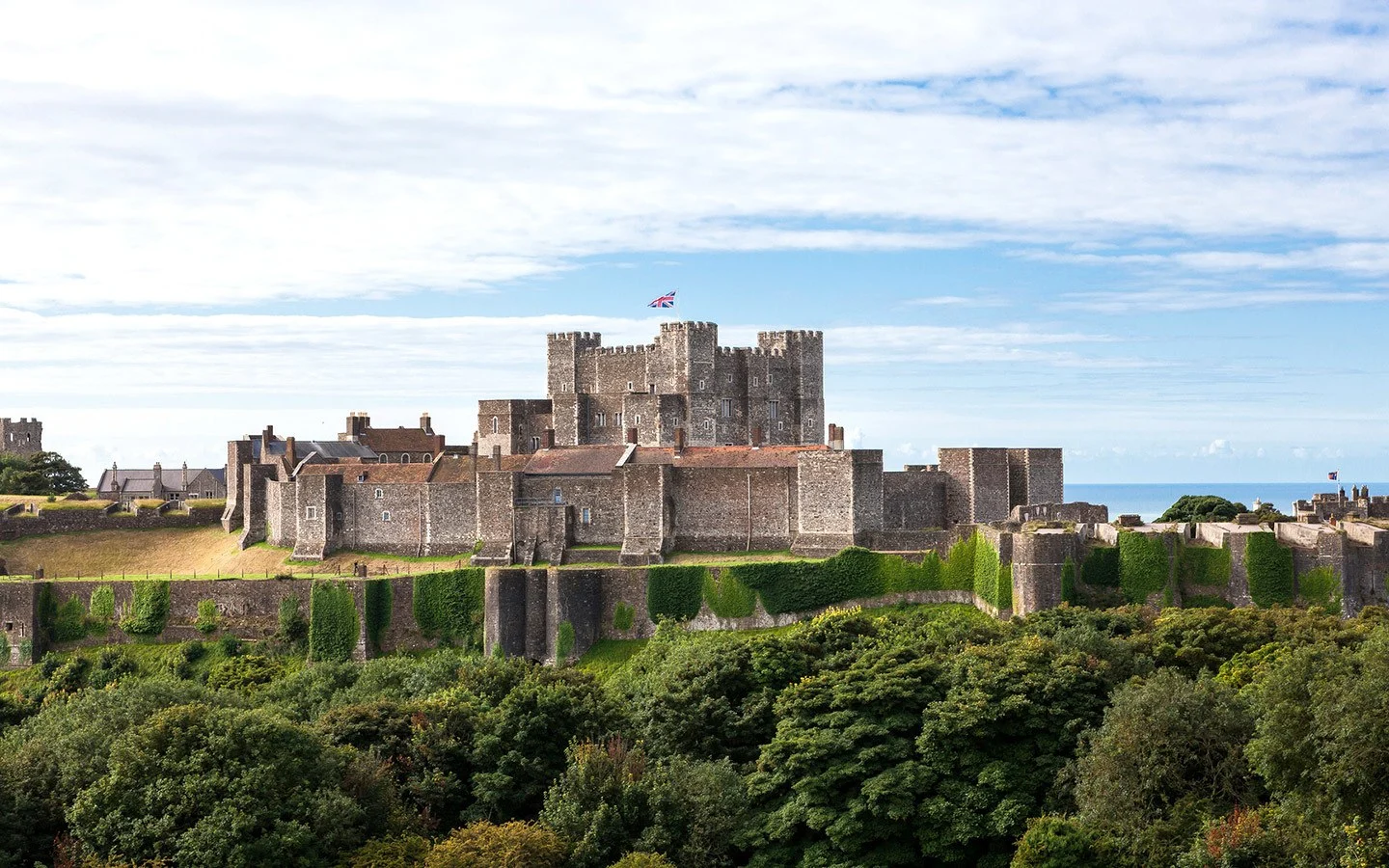
The castle exterior
Dover Castle tunnels
The Dover Castle tunnels started life as a shelter for troops during the Napoleonic Wars. Being so close to France made Dover a major target for Napoleon, so the castle was strengthened with new artillery in 1803. But there was nowhere to put the 2000 men they needed to man the guns, so they built the tunnels beneath the castle to house them. Napoleon never actually invaded Dover, so the tunnels were abandoned until 1938, when they were used first as an air raid shelter before becoming a military command centre. And it’s there the exhibition’s story begins.
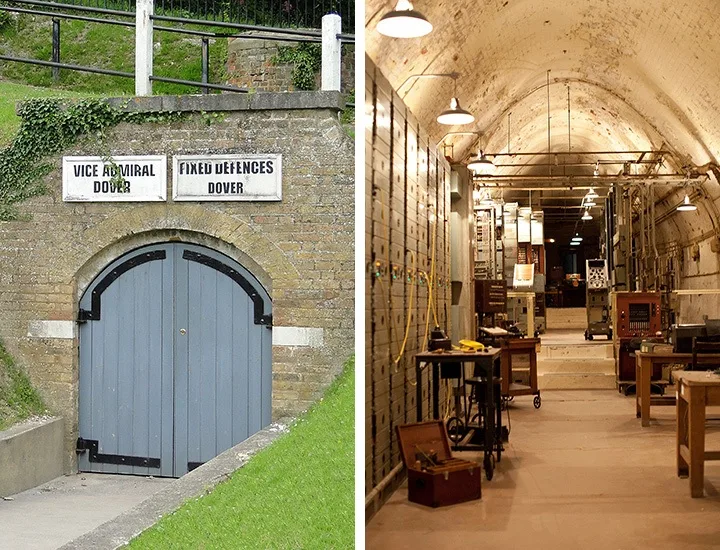
The secret wartime tunnels
With five different levels, there are still some sections of the Dover Castle tunnels which haven’t been uncovered yet. So to make sure you don’t disappear underground never to be seen again, you need to join one of the group tours if you want to explore the tunnels. The main tour takes you through a tunnel known as Casemate, which was the HQ for Dover Naval Command.
Led by Vice Admiral Bertram Ramsay, Naval Command were tasked with protecting the Channel from enemy action. But on 26 May 1940, they found themselves at the centre of one of WWII’s most memorable operations – Operation Dynamo, better know as the evacuation of Dunkirk.
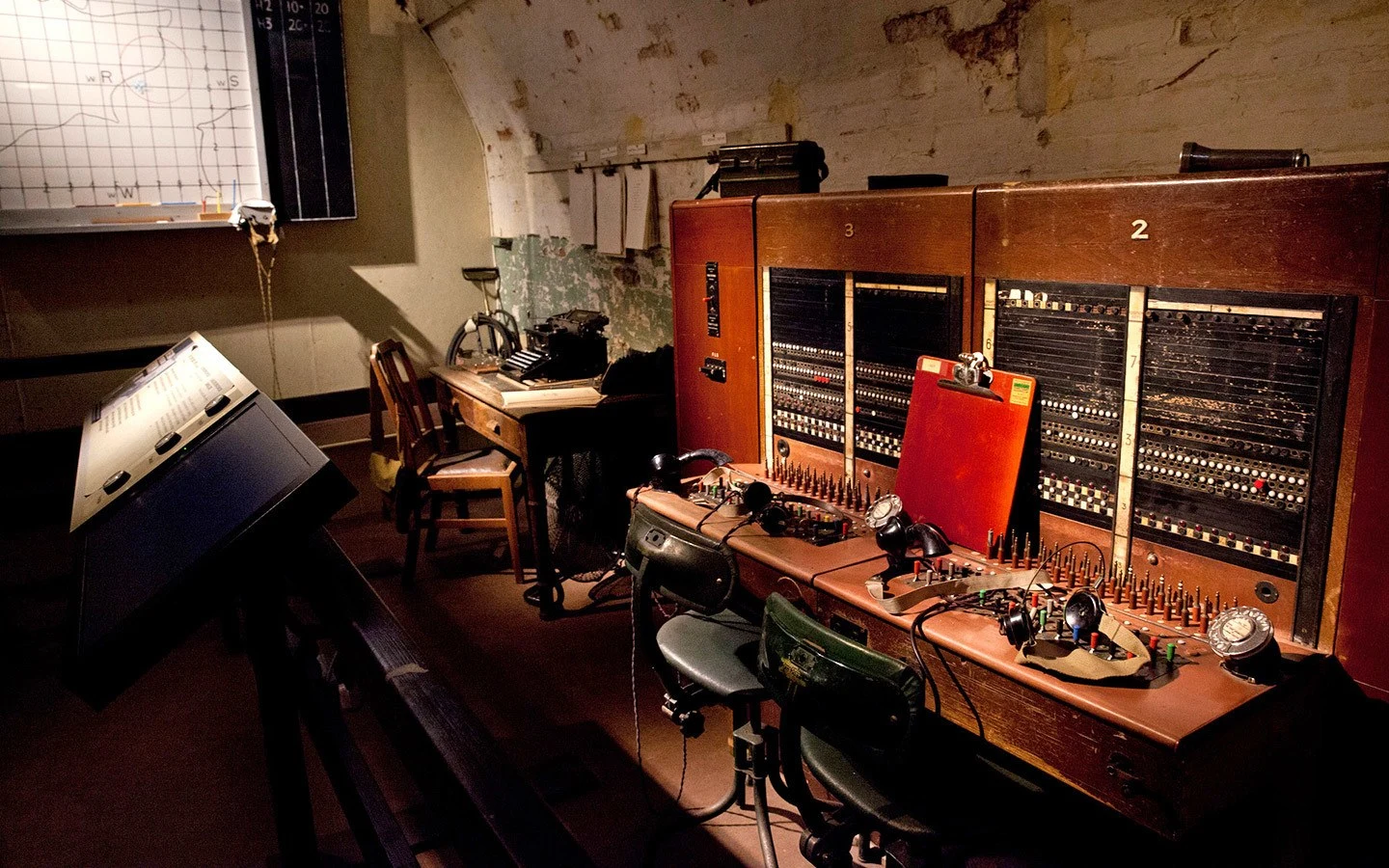
Underground operations room
Operation Dynamo
British forces were backed into a corner by the Germans in Dunkirk, defending a small area from constant attack. So Ramsay’s team had to find a way to get as many troops as possible back home. Dunkirk’s harbour had been destroyed and the beach was too shallow for large destroyers to get hear, so the troops had to be ferried out in small ships, wading out from the beaches.
The initial plan was to evacuate 45,000 men, but over nine days they well exceeded that and 338,000 were rescued. First came the Navy ships and later anyone with a boat who could help out sailed over to collect the stranded troops in a flotilla of civilian ‘little ships’ – hundreds of craft ranging from lifeboats and cockle boats to sailing barges and speedboats.

Paperwork in the offices
The 50-minute tour takes you through the rescue day-by-day, with newsreel film footage and stories from people who were there at the time projected onto the walls of the tunnels. With flickering lights and the booming sound of anti-aircraft guns and bombs dropping overheard, it does feel spookily like you’ve been transported back in time.
The operations rooms, repeater station and telephone exchanges have been recreated from old photos. The tunnels were cramped, dark and hot, and the pressure was intense. Staff worked 24- or 36-hour shifts for ten days straight, barely seeing daylight as they worked, ate and slept underground. But the result was what Churchill called a ‘miracle of deliverance’.
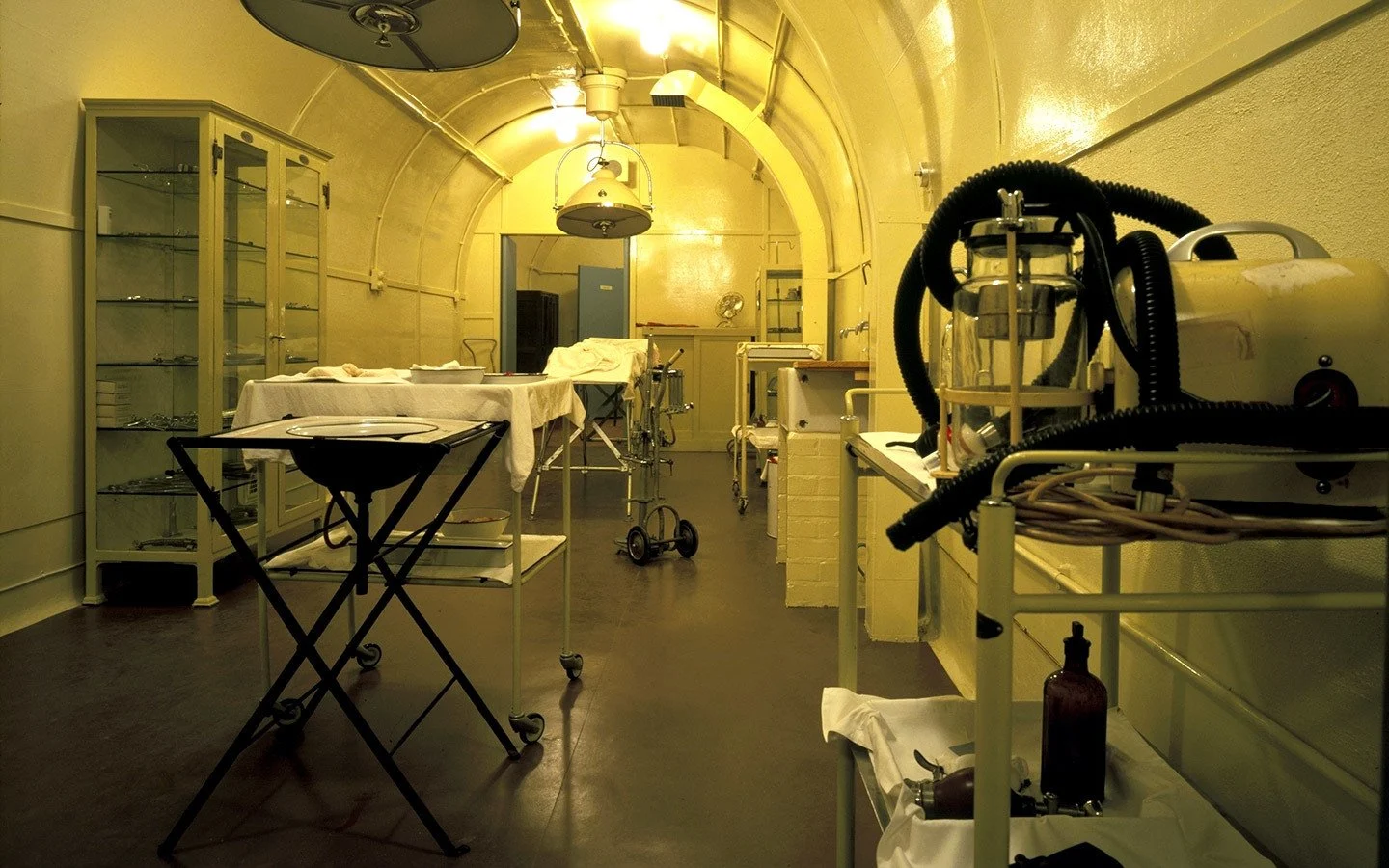
The Annex tunnel’s operating theatre
As well as Casemate there are four other Dover Castle tunnels. At the top is Annex, which was dug out in 1941 to use as a military dressing station, where casualties were assessed and treated before being sent to hospitals further inland. Another tour takes you through the old wards and operating theatre, staffed by Royal Army Medical Corps in cramped, stuffy conditions.
Below that is Dumpy, which was built in 1943 and was later planned to be one of the regional government centres if there had ever been a nuclear attack on the UK during the Cold War. It’s not usually open to the public but there are occasional tours for English Heritage members. Then the other two closed tunnels are Esplanade, which was another air raid shelter, and the ‘lost tunnel’ Bastion which was buried by rock falls but may be uncovered someday.
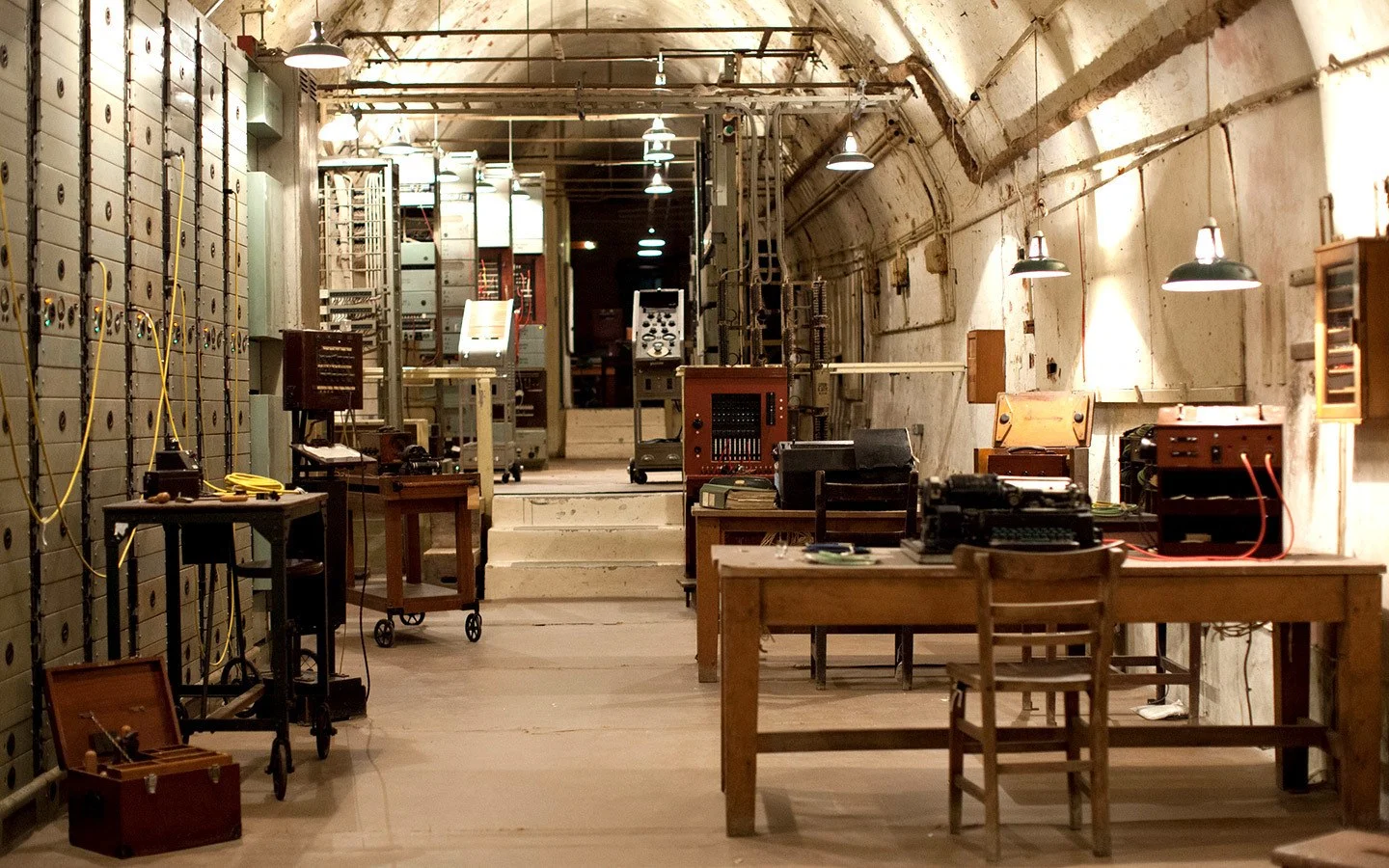
Underground offices
The Western Heights Drop Redoubt
But Dover Castle’s wartime tunnels aren’t the town’s only underground secret. Not far away is the strangely named Western Heights Drop Redoubt. It’s one of two forts which were built on a hill overlooking Dover during the Napoleonic Wars. It was abandoned after WWII, and for a while the council wanted to knock it down and fill the tunnels with rubbish.
It got a reprieve and is now looked after by the Western Heights Preservation Society. It’s usually closed to the public, but my trip coincided with one of their annual open weekends so I took a peek inside. You duck down through low tunnels to reach the ruined chambers and climb down underground staircases to the old casemates where the guns were housed.
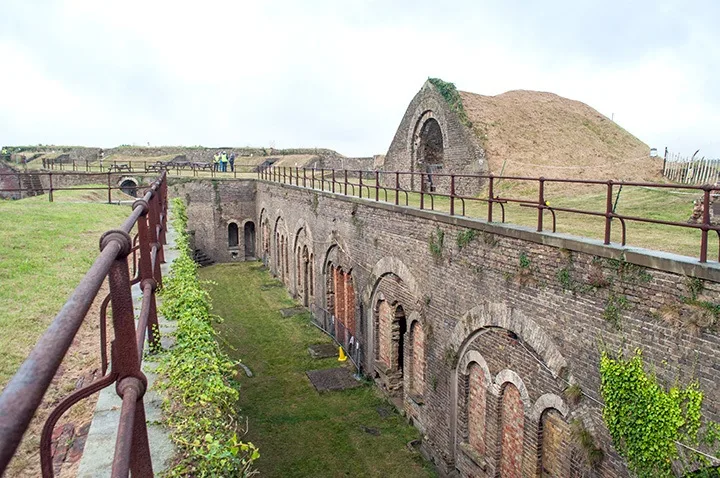
The Western Heights Drop Redoubt
There’s also a giant triple spiral staircase called the Grand Shaft on the site of the Western Heights Drop Redoubt. When the fort was built the location had one flaw – the troops were only 300 feet above sea level but they had to walk a mile and a half to get down there. So a clever triple staircase was built to move three times the troops at once. Later on the Victorians split it up so there was no fraternising between the ranks – one staircase was for ‘Officers and their Ladies’, one for ‘Sergeants and their Wives’ and the other for ‘Soldiers and their Women’.
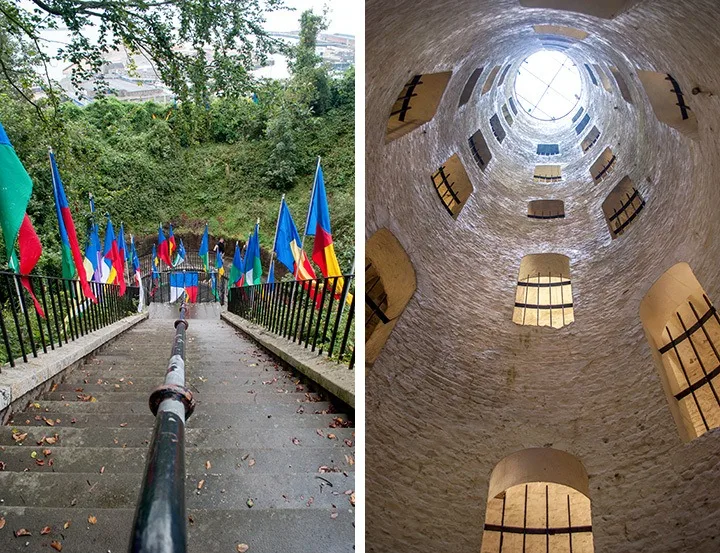
The Grand Shaft
And just when you think you’ve found all Dover’s underground secrets, another turns up. A few years ago the National Trust bought some land near the cliff path and uncovered more of Dover’s wartime tunnels. Over 100 tonnes of earth were removed to reveal the Fan Bay Deep Shelter, constructed in 1940 as accommodation for the gun battery above, which is open for tours. So who knows what else might be hiding under the surface of those famous White Cliffs?
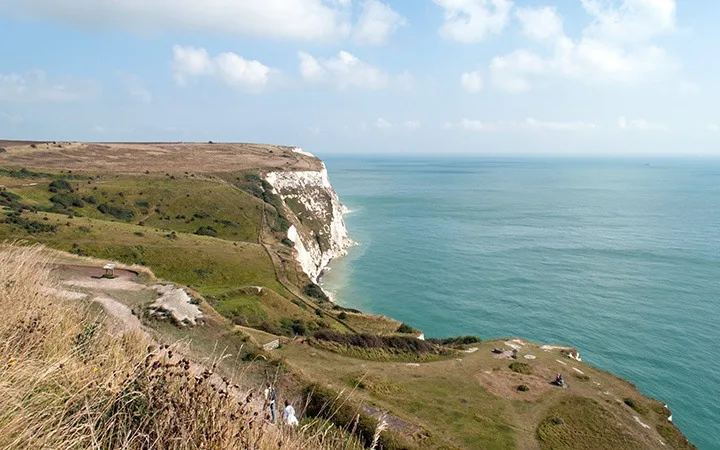
The White Cliffs of Dover
The details
Dover Castle is open 10am–6pm March to September, 10am–5pm in October and 10am–4pm on Saturday and Sunday only the rest of the year (except February half-term). Entry costs £21.30 for adults, £19.20 for students/over 60s and £12.80 for children aged 5–15. Or it’s free for English Heritage members – annual membership gets you entry to 400 sites across the country and costs £63 for adults, with discounts for students, seniors, families and joint memberships.
The Western Heights Drop Redoubt is open to the public on the third Sunday of April, June, July and August. Tours run at 11am and 2pm and are free, but donations are welcome.
Pin it
Underground photos © English Heritage as photography isn’t permitted in the castle tunnels. Thanks to White Cliffs Country for hosting me. All views and opinions are, as always, my own. This article contains affiliate links, where I get a small commission at no extra cost to you, thanks.

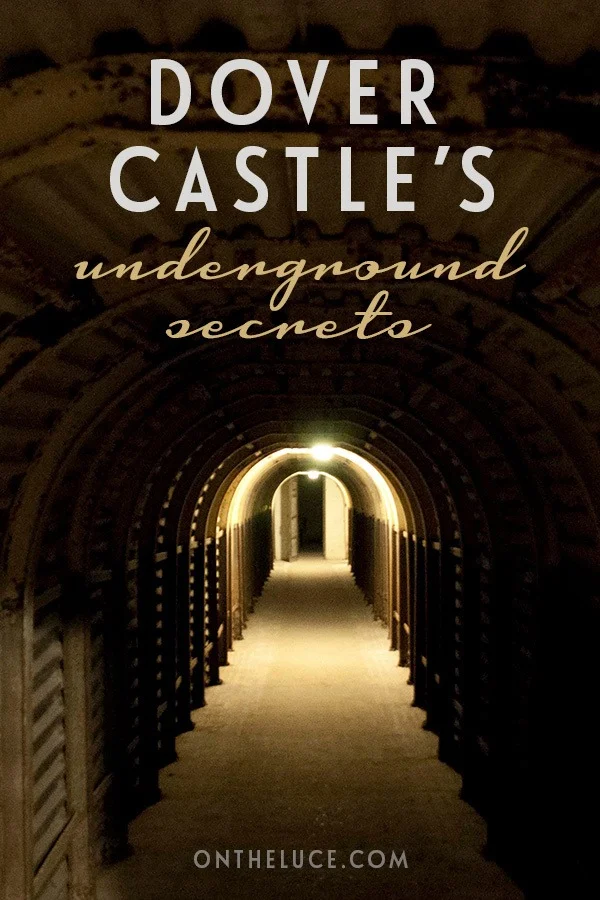
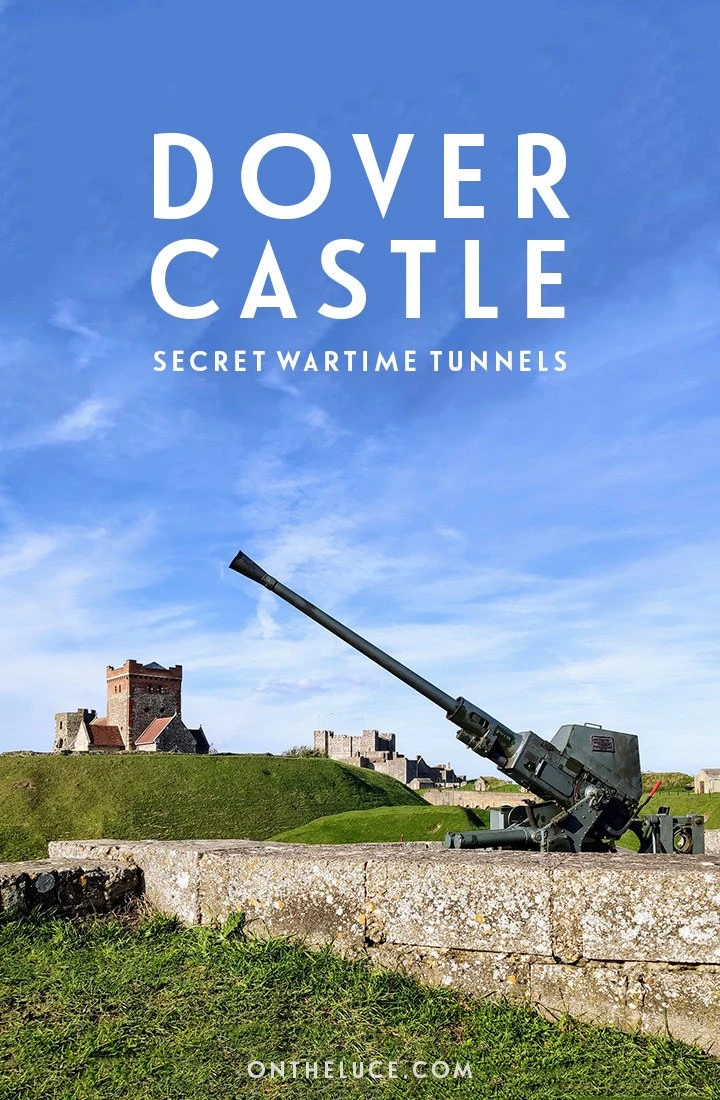
nige baynes
Monday 2nd of November 2020
Spooky was not the word.. When we broke through the brickwork on rabbit island into the spiral staircase there was a rush of wind, the smell of old mold (sweat) and the wine of an entrapped entity???.... We were too excited to realize we had broken into some of the Napoleonic workings.. When we reached the bottom of the circular staircase it was as if there were people down there whispering, it was the wind, possibly, blowing from one end of Dover to the other, we were just kids, with very active ideas.
Used to climb the edge of the Quarters building at the citadel just over by the "staircase" for officers and their ladies looking for seagull eggs on the roof.. Does anyone else know this rabbit island location?
nige baynes
Tuesday 27th of October 2020
Back in the late 50's I was down in the tunnels not supposed to be but I was a kid....know all about these pictures was there before it was repaired and cleaned up.. We also gained access above Aycliffe estates and rabbit island.. My father was one of the police officers living in the police houses located in the estate. Now I am living/retired in the USA and have my nephews and nieces wondering if I am telling a story,,, these pictures backed up my drawings from back in the day.. thank you
Lucy Dodsworth
Monday 2nd of November 2020
How interesting! It must have been quite spooky down there before it was all cleaned up.
Mark
Friday 15th of May 2020
Blimey! I can only guess that you entered Dover by some 'secret' way - I would have thought that, from whichever direction you drove, the famous landmark would be visible